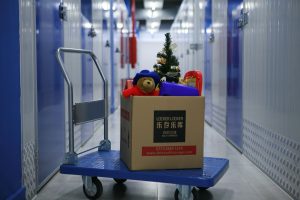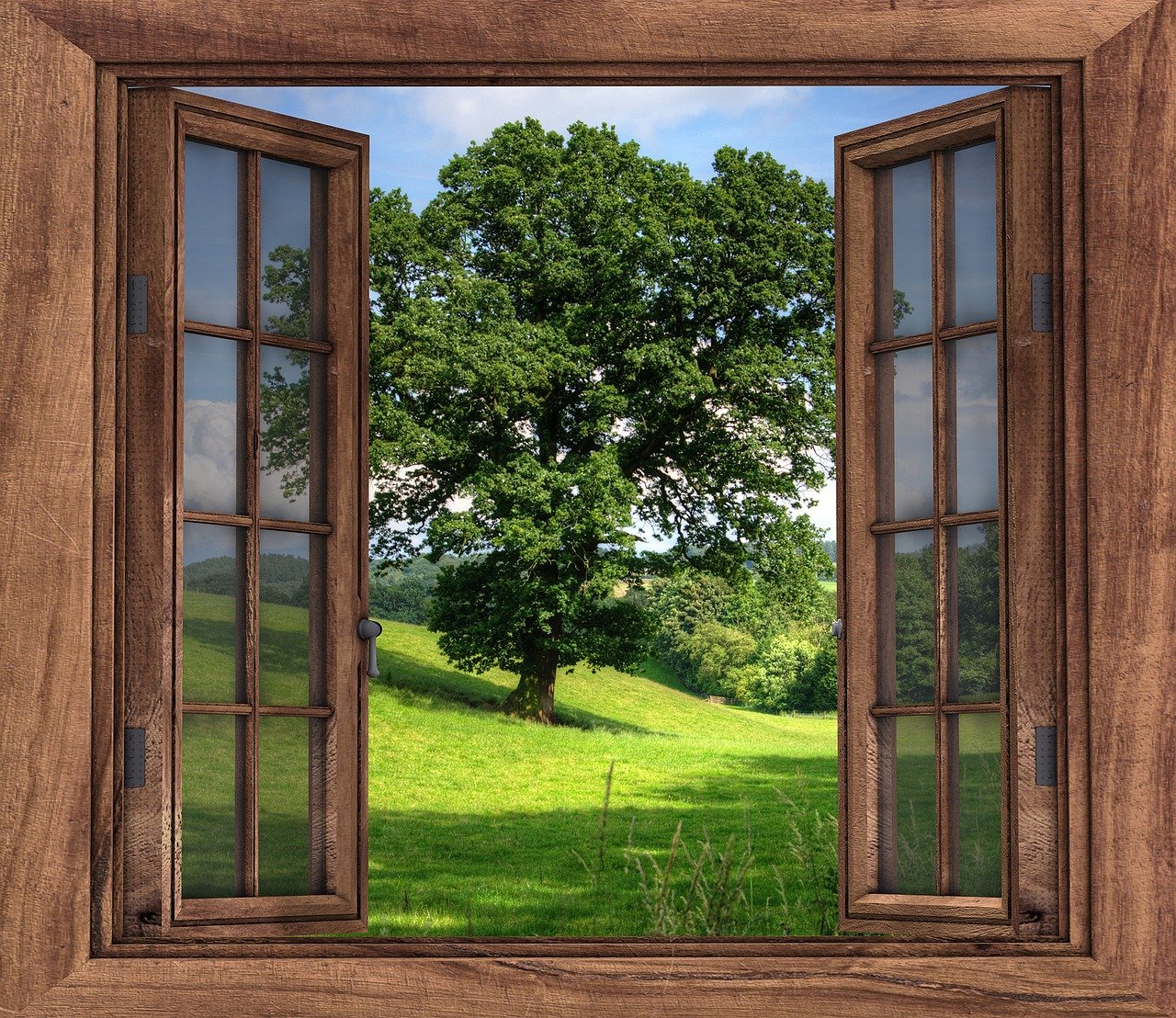 From the kind of boxes used, to the packing materials, to the tape used to secure the boxes, it’s all-important. Even how the boxes are stacked is vital to the move. If you’re moving, you want to make sure to cover all of the important details. Believe it or not, there are different ways to pack different items and you want to pack them so you can remain organised and protect your belongings, not to mention save on time and money and avoid any damages to your belongings.
From the kind of boxes used, to the packing materials, to the tape used to secure the boxes, it’s all-important. Even how the boxes are stacked is vital to the move. If you’re moving, you want to make sure to cover all of the important details. Believe it or not, there are different ways to pack different items and you want to pack them so you can remain organised and protect your belongings, not to mention save on time and money and avoid any damages to your belongings.
Short-term Storage
When considering short-term storage, the time frame is typically a few days to as long as three months at companies like blue box storage hemel. Short-term storage is a stop-gap measure that is done to allow for more space when required. Perhaps you’re renovating or while you have company for the holidays. All of those times that you need just a little bit more space. When considering short-term storage, there are some things that you won’t require such as:
Dust Covers for Large Furniture
Dirt and dust won’t have a lot of time to form and settle on the furnishings so you won’t need such intensive protection.
Leave Space
Leave some space in the centre of the unit so that you can move and sort items. It will also help you to get in and out more quickly if you have a bit of space. Remember, when you’re stacking, you want to be able to move things around so that you don’t need to shuffle things too much.
Fragile Items
Most of your items aren’t going to need a lot of packing however, you’ll still want to protect them from breakage. Remember that fragile items may be moved around more when they’re in short-term storage so you’ll want to pack them more securely.
Long-term Storage
Long-term storage is usually for over 3 months. There are some things that you’ll want to consider:
Don’t Use Plastic Bags
While it may appear that they will help to protect things, they can actually trap moisture and cause mold and mildew to grow. Use sturdy boxes. You can recycle boxes, however, you’ll want to be cautious of damaged boxes. You want boxes that will withstand storage for your belongings. Corrugated cardboard boxes of similar size and shape will work well for stacking. You may also wish to consider plastic boxes.
Fragile Items
Wrap all of your fragile items carefully in newsprint, bubble wrap or some other form of protection. Mark them well so that you know that they’re fragile.
Seal Clothes
Seal fabric and clothing well so that nothing can get in. Vacuum sealed bags are ideal for storing fabrics and clothing and protecting them from mold and mildew. It will also help to protect them from insect damage.
Appliances
Clean all appliances well before you put them into storage. Wipe things down carefully inside and out so that no mold will take over. If you put appliances away dirty, they’re going to be even dirtier when you go to retrieve them. It’s also important to store them clean in case you decide to sell them at a later date.
Stack things on pallets if you have access to them so that you don’t have to worry about them gathering molds or mildews off damp flooring in the storage unit. You’ll have less chance of damage to your belongings when you store them properly. Elevating things is a great start to proper storage and will go far to ensure that you don’t have to worry about them being damaged.
If at all possible, layer the floor with pallets. This will elevate the items and help with the air circulation. This can help to retain the integrity of your items.
When considering long-term vs. short-term storage, you’ll want to make sure that you know how long you’ll be storing things and why. Always make sure to clearly label your items, even if they will only be in storage for a week. Keep an inventory list of what you have in the storage unit so that you know where things are located when you do need them. You can use a clipboard or put this list on your mobile device. When you keep a list you’ll never have to wonder where you have put things and you can always find what you’re looking for.
